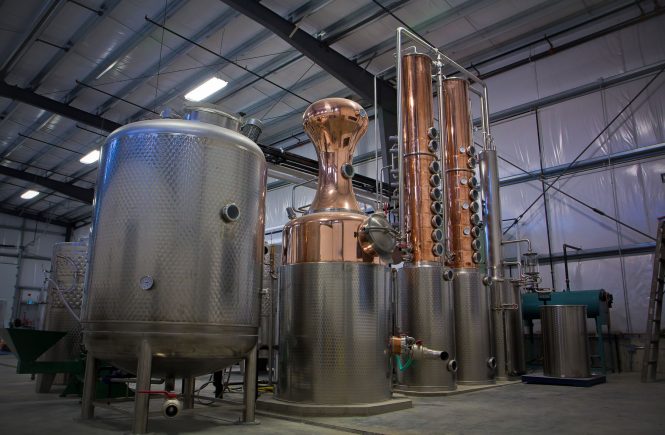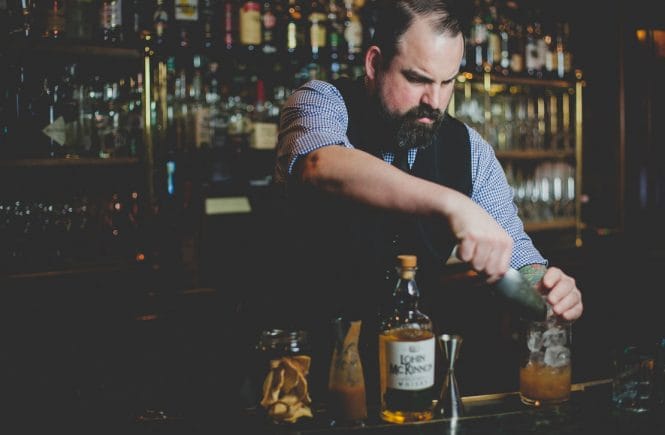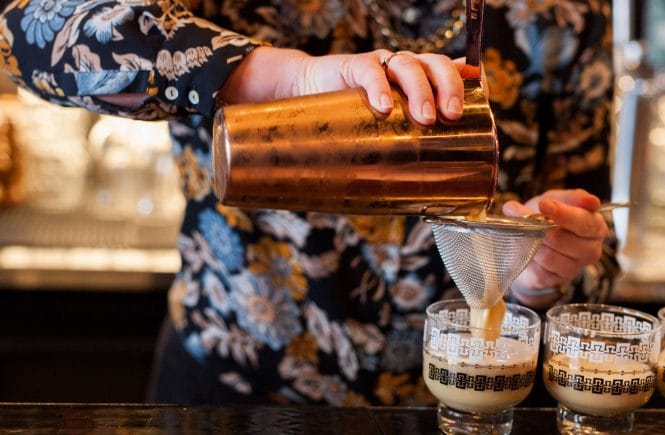Why elderflower is the flavour you want to add to cocktails right now
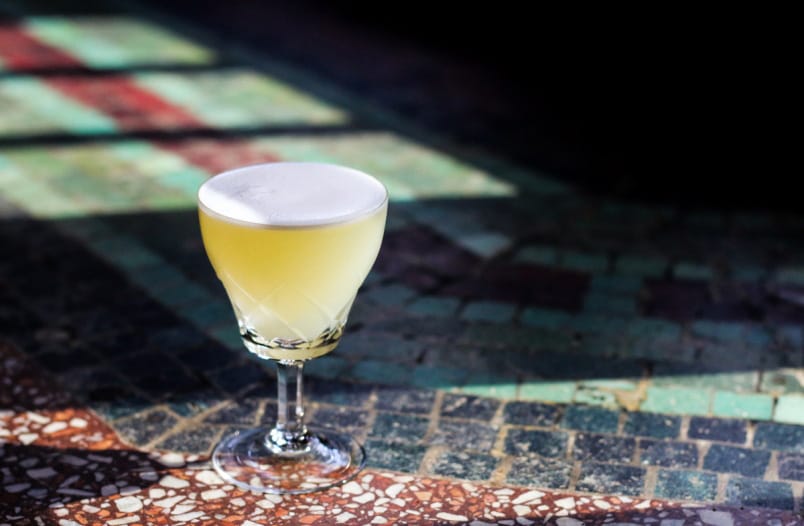
Think of the elderflower as spring in a glass.
And thank goodness for that—after a dreary winter that felt like it would never end, aren’t you craving bright, fresh flavours and floral fragrances? Of course you are.
The elder—a genus of shrubs and trees called “Sambucus”—grows all over Europe and North America and produces a tart, dark purple berry. But it’s the elder’s flowers that we love best: frothy white blossoms with a sweet muscat-like flavour that is especially delicious in cocktails.
It’s been popular in Central Europe and England for centuries, used in syrups, teas, ciders and soft drinks, even candies.
It’s easiest to use in syrup format, and you can find inexpensive elderflower syrup at IKEA, or slightly more elevated versions by Monin and Giffard at gourmet stores.
You can even make your own elderflower syrup, providing you can find the blossoms. (One good source is Yarrow Elderberry Farm in Chilliwack.)
To make elderflower syrup, bring equal amounts of sugar and water to a boil, stirring until the sugar is dissolved, and simmer for a couple of minutes. Pour the hot syrup over freshly picked clean blossoms. Let it steep for a couple of days in a cool, dark place. Add a touch of citric acid and lemon juice to help preserve the syrup. Strain the syrup, boil it again, and pour it into sterilized glass jars (keep refrigerated).
Then, just add it to water, soda water or lemonade for a refreshing non-alcoholic drink.
Or you can go straight for a boozy kick with a liqueur. If you’re worried it’ll have the soapy potpourri notes you get in other floral liqueurs like crème de violette, don’t be: elderflower is much more subtle.
In fact, elderflower liqueur is so popular among cocktail lovers that it has been nicknamed “bartender’s ketchup.”
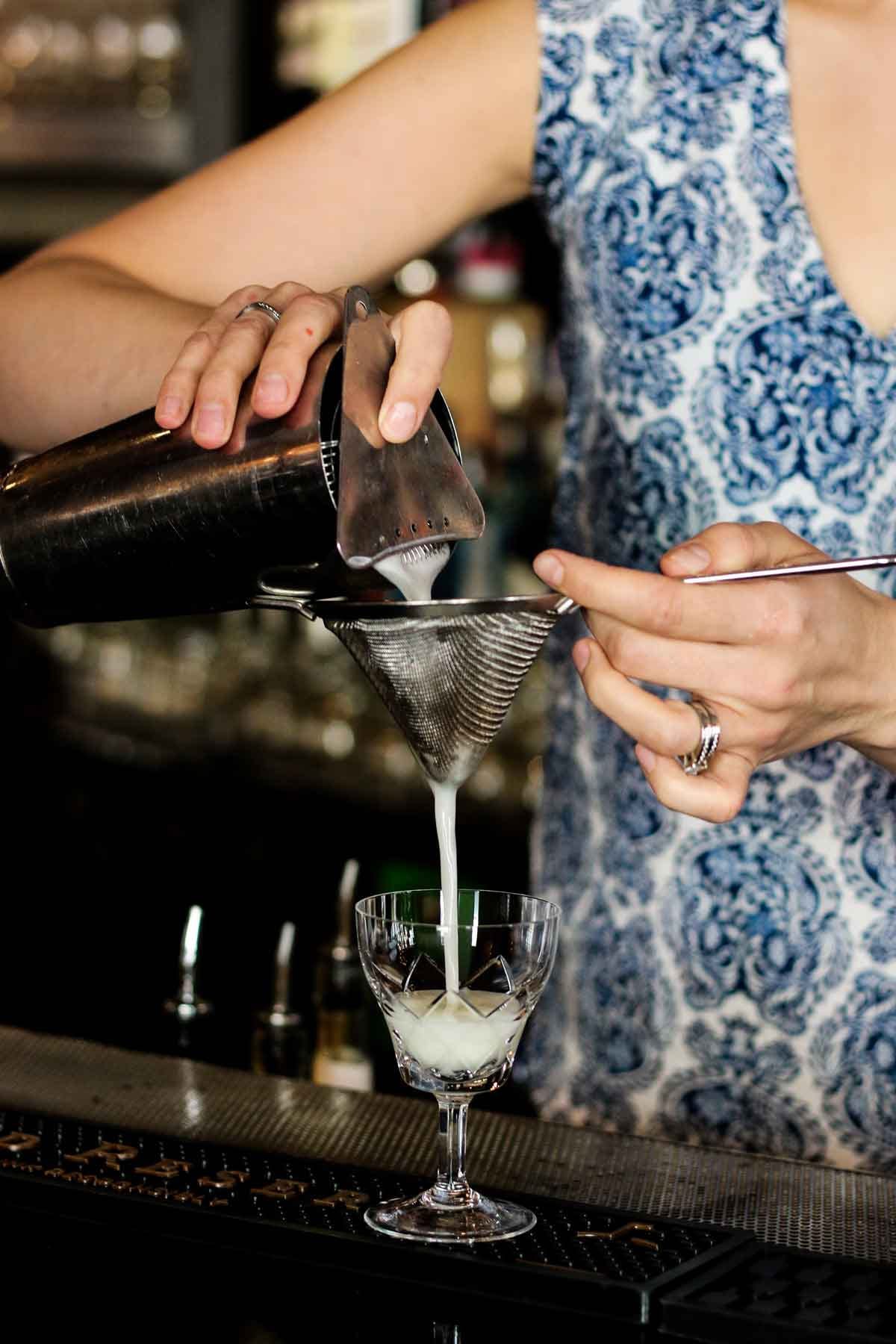
France’s St. Germain is the ubiquitous elderflower liqueur in our market, although Giffard’s version is also available in private retailers such as Legacy Liquor. Both have delicate notes of elderflower, citrus and lychee, with St. Germain also exhibiting some peach and passionfruit and Giffard honey and saffron.
You could also try the elderflower liqueur produced by Odd Society Sprits, if you can get your hands on some of its very limited supply. It is sweet, light and very pretty, though not overly complex, perfect with prosecco and lemon.
And we can’t wait until Sheringham Distillery on Vancouver Island gets its elderflower gin to market. They brought a sample to the recent BC Distilled festival and it was showing great promise: a journey of flavours that travelled through piney juniper and briny seaweed and finished with lingering elderflower.
But, you may be wondering, what can you actually do with all this floral flavour?
Syrup or liqueur, elderflower makes a great addition to light, bright citrusy cocktails. Add it to a Tom Collins or a gin martini, a French 75 or vodka sour. Mix it into a margarita or create your own cocktail with white spirits such as gin, akvavit, vodka or tequila.
It plays beautifully with tart flavours like lemon, rhubarb or grapefruit, as well as berries and stone fruits. It is perfectly pretty paired with sparkling wine. Or you can try the springlike Lady O’Keefe cocktail created by UVA Wine & Cocktail Bar’s assistant bar manager Lily Duong (see recipe).
Elderflower is said to be good for you, too – it has antiseptic, antibacterial, antiviral and anti-inflammatory properties that fight colds and flu, arthritis and diabetes, maybe even cancer.
But what it’s really best for is recovering from winter. Here’s to the essence of spring!
—by Joanne Sasvari


